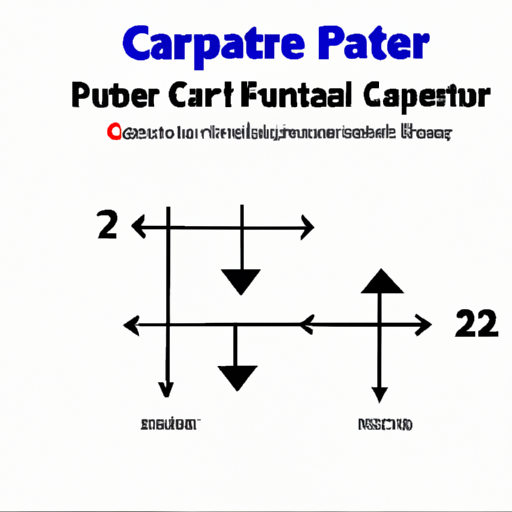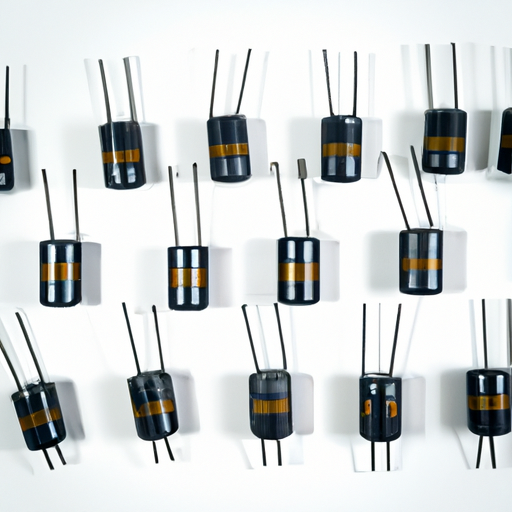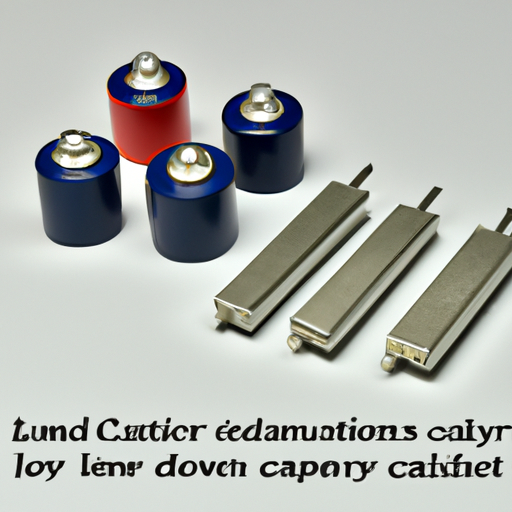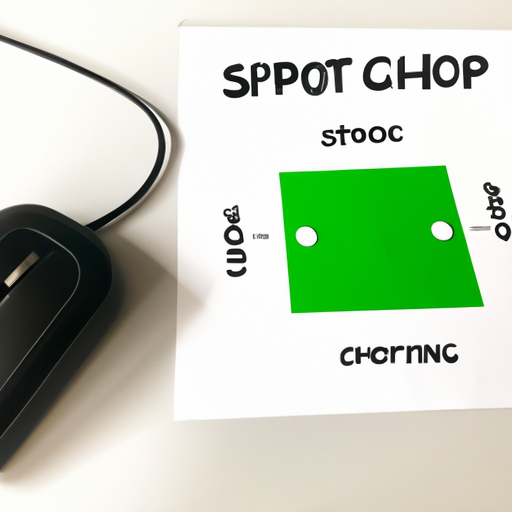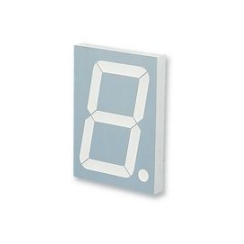An article to help you understand what the capacitor formula is
An Article to Help You Understand What the Capacitor Formula Is
I. Introduction
In the realm of electronics, capacitors play a pivotal role in the functionality of various circuits. A capacitor is a passive electronic component that stores electrical energy in an electric field, allowing it to release that energy when needed. This ability to store and release energy makes capacitors essential in a wide range of applications, from power supply circuits to audio equipment. The purpose of this article is to demystify the capacitor formula, explain its components, and explore its applications in modern technology.
II. Understanding Capacitors
A. Basic Components of a Capacitor
At its core, a capacitor consists of two conductive plates separated by an insulating material known as a dielectric. The plates are typically made of metal, while the dielectric can be made from various materials, including ceramic, plastic, or electrolytic substances. When a voltage is applied across the plates, an electric field is created, allowing the capacitor to store energy.
B. Types of Capacitors
Capacitors come in various types, each suited for specific applications:
1. **Ceramic Capacitors**: These are widely used due to their small size and reliability. They are often found in high-frequency applications.
2. **Electrolytic Capacitors**: Known for their high capacitance values, these capacitors are polarized and typically used in power supply circuits.
3. **Tantalum Capacitors**: Similar to electrolytic capacitors but with better stability and reliability, tantalum capacitors are often used in compact electronic devices.
4. **Film Capacitors**: These capacitors use a thin plastic film as the dielectric and are known for their stability and low loss characteristics.
C. How Capacitors Store Energy
Capacitors store energy in the form of an electric field created between the two plates when a voltage is applied. The amount of energy stored is proportional to the capacitance and the square of the voltage applied. This energy can be released quickly, making capacitors ideal for applications requiring rapid energy discharge.
III. The Capacitor Formula
A. Definition of Capacitance
Capacitance (C) is defined as the ability of a capacitor to store charge per unit voltage. It is measured in farads (F), which is a relatively large unit. In practical applications, capacitance values are often expressed in microfarads (µF), nanofarads (nF), or picofarads (pF).
B. The Basic Capacitor Formula
The fundamental formula for capacitance is given by:
\[ C = \frac{Q}{V} \]
Where:
- \( C \) = capacitance (in farads)
- \( Q \) = charge stored (in coulombs)
- \( V \) = voltage across the capacitor (in volts)
C. Explanation of Each Component of the Formula
1. **Charge (Q)**: This represents the amount of electric charge stored in the capacitor. The greater the charge, the more energy the capacitor can store.
2. **Voltage (V)**: This is the potential difference across the capacitor's plates. Higher voltage results in a greater electric field and, consequently, more stored energy.
3. **Capacitance (C)**: This is a measure of how much charge a capacitor can store per volt. A higher capacitance indicates a greater ability to store charge.
IV. Units of Measurement
A. Farads: The Unit of Capacitance
The farad is the standard unit of capacitance in the International System of Units (SI). One farad is defined as the capacitance of a capacitor that stores one coulomb of charge at one volt.
B. Microfarads, Nanofarads, and Picofarads
Due to the large size of a farad, capacitors are often measured in smaller units:
Microfarads (µF): One millionth of a farad (10^-6 F).
Nanofarads (nF): One billionth of a farad (10^-9 F).
Picofarads (pF): One trillionth of a farad (10^-12 F).
C. Practical Implications of Different Capacitance Values
The choice of capacitance value depends on the specific application. For example, small capacitors (in the picofarad range) are often used in high-frequency circuits, while larger capacitors (in the microfarad range) are used in power supply applications.
V. Applications of the Capacitor Formula
A. Capacitors in Electronic Circuits
Capacitors are utilized in various electronic circuits for multiple purposes:
1. **Filtering**: Capacitors can smooth out voltage fluctuations in power supply circuits, ensuring a stable output.
2. **Timing Applications**: In timing circuits, capacitors work with resistors to create delays, such as in oscillators and timers.
3. **Energy Storage**: Capacitors can store energy for short periods, providing bursts of power when needed.
B. Real-World Examples
1. **Power Supply Circuits**: Capacitors are used to filter and stabilize voltage in power supplies, ensuring that electronic devices receive a consistent voltage.
2. **Audio Equipment**: In audio circuits, capacitors are used for coupling and decoupling signals, enhancing sound quality.
3. **Signal Processing**: Capacitors play a crucial role in signal processing applications, such as in radio frequency circuits and communication devices.
VI. Factors Affecting Capacitance
Several factors influence the capacitance of a capacitor:
A. Plate Area
The larger the surface area of the plates, the greater the capacitance. This is because a larger area can store more charge.
B. Distance Between Plates
The closer the plates are to each other, the higher the capacitance. Reducing the distance increases the electric field strength, allowing for more charge storage.
C. Type of Dielectric Material
Different dielectric materials have varying permittivity, affecting the capacitor's ability to store charge. Materials with higher permittivity result in higher capacitance.
D. Temperature Effects
Temperature can also impact capacitance. As temperature increases, the dielectric material may change properties, affecting the capacitor's performance.
VII. Calculating Capacitance
A. Example Problems Using the Capacitor Formula
1. **Simple Calculation**: If a capacitor stores 10 coulombs of charge at a voltage of 5 volts, the capacitance can be calculated as follows:
\[ C = \frac{Q}{V} = \frac{10 \, \text{C}}{5 \, \text{V}} = 2 \, \text{F} \]
2. **Complex Scenario**: In a circuit with multiple capacitors in parallel, the total capacitance is the sum of individual capacitances. If two capacitors of 2 µF and 3 µF are connected in parallel, the total capacitance is:
\[ C_{\text{total}} = C_1 + C_2 = 2 \, \mu F + 3 \, \mu F = 5 \, \mu F \]
B. Tools and Resources for Calculating Capacitance
Various online calculators and software tools can assist in calculating capacitance for complex circuits. Additionally, textbooks and educational websites provide further examples and practice problems.
VIII. Common Misconceptions
A. Misunderstanding Capacitance and Voltage
A common misconception is that increasing voltage always increases capacitance. In reality, capacitance is a property of the capacitor itself and does not change with voltage.
B. The Role of Capacitors in AC vs. DC Circuits
Capacitors behave differently in AC and DC circuits. In DC circuits, capacitors charge up to the applied voltage and then block further current flow. In AC circuits, capacitors continuously charge and discharge, allowing AC signals to pass while blocking DC.
C. Capacitors Are Not Batteries
While both capacitors and batteries store energy, they do so in different ways. Capacitors release energy quickly, making them suitable for short bursts of power, whereas batteries provide a steady flow of energy over a longer period.
IX. Conclusion
Understanding the capacitor formula is crucial for anyone interested in electronics. Capacitors are integral components that enable various applications, from filtering and timing to energy storage. By grasping the principles behind capacitance and the capacitor formula, you can better appreciate the role of capacitors in modern technology. We encourage you to explore further applications and implications of capacitors, as they continue to shape the future of electronics.
X. References
For those interested in delving deeper into the world of capacitors, consider exploring the following resources:
- "The Art of Electronics" by Paul Horowitz and Winfield Hill
- "Electronics for Dummies" by Cathleen Shamieh
- Academic papers on capacitor technology and applications available through platforms like IEEE Xplore and ScienceDirect.
By understanding the capacitor formula and its applications, you can enhance your knowledge and skills in the field of electronics, paving the way for innovative solutions and advancements.

